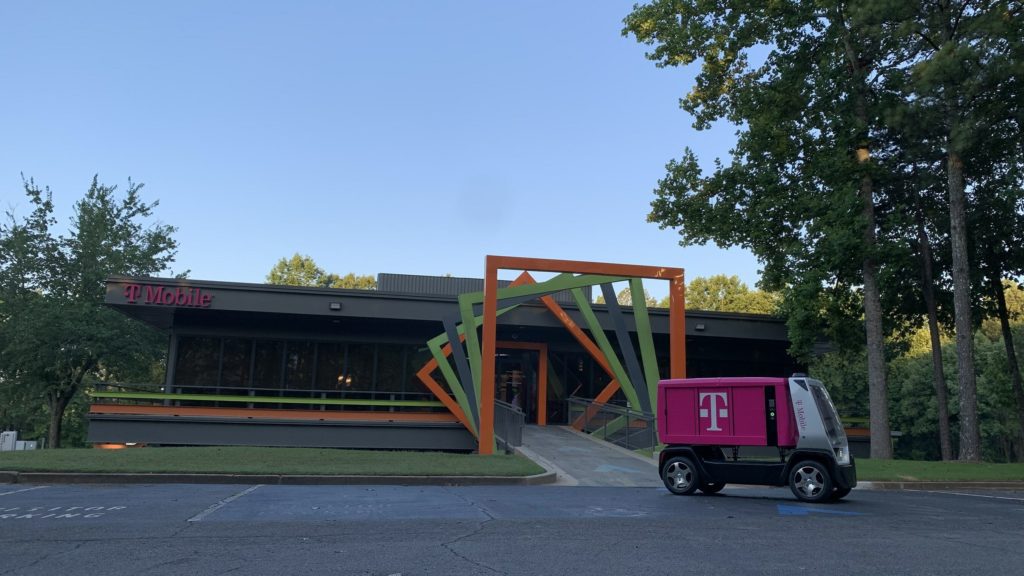The momentum around non-terrestrial networks (NTN) continues to build, with both Keysight Technologies and Viavi Solutions this week announcing NTN-related developments.
Keysight and MediaTek joined up to verify that MediaTek’s 5G modem technology supports 5G New Radio and internet of things (IoT) technologies based on 3GPP Release 17 standards for non-terrestrial networks (NTN). MediaTek is using Keysight’s S8711A UXM 5G test application in order to enable a device under test (DUT) to establish an NTN data call connection by emulating mobile networks for 5G NR and IoT. Meanwhile, Keysight’s S8820A PropSim FS16 channel emulationtToolset emulates satellite orbits and their effects on the RF channel and air interface—essentially, “radio frequency digital twins,” as Keysight put it.
Peng Cao, VP and GM for Keysight’s Wireless Test Group, said that the collaboration and successful verifications “[deliver] important milestones on the road to commercial NTN service deployments. This early verification accelerates the industry’s move to the certification stage and commercial deployment.”
Viavi, meanwhile, launched a new system for testing of NTN, including high altitude platforms (HAPS). The company’s TeraVM solution stands in for the network core, while its TM500 emulates the various aspects of a non-terrestrial deployment in order to validate base stations: High device volume, new mobility patterns, signal propagation delays, and “other conditions unique to NTN.” Viavi said that its solution provides test scenarios that are “ideal for early functional tests such as 3GPP protocol testing and can be applied to both regenerative and transparent architectures,” with additional scenarios focused on end-to-end testing and optimization as well as validating network performance and reliability.
“Satellite communication in 5G brings another level of complexity for testing,” Viavi said in a release, describing the complexity of the testing that needs to happen. “NTNs need to be reliable to cope with the distance, speed and mobility of both satellite, HAPs and User Equipment (UE), while still delivering on performance. Test solutions are not only required to emulate different UE mobility and fading profiles, but they must also take the large doppler shifts from fast-moving satellites and airborne platforms into consideration.”
“NTNs offer new opportunities and partnerships for mobile and satellite operators and the exciting potential to offer connectivity to both underserved and over-populated areas as well as support mission-critical applications,” said Ian Langley, SVP of Viavi’s wireless business unit. “However, amidst the growing interest and race to deploy these networks, it’s vital that reliability, stability, and performance testing are done to ensure success.”
In other test news:
-ICYMI: Keysight also reported its results for the most recent quarter, which suggest that the slowdown in 5G network investment may be trickling through to test companies. Full story here.
-Market analysis firm TechNavio expects that the market for gigabit Ethernet test equipment will see a compound annual growth rate of neraly 8% through 2027, reaching more than $802 million by the end of the forecast period. Growth in data traffic and demand for high-speed Ethernet as well increasing numbers of data centers are factors driving the market.
–Tektronix has launched the newest version of its Keithley KickStart Software, which includes improvements to its battery simulation application. That simulator app enables users to “easily generate battery models, simulate batteries, and perform battery cycle tests for consumer wireless IoT devices, automotive, and industrial applications,” the company said, and the new enhancements mean that users don’t need additional, separate solutions that create a battery model and battery simulator—part of Tek’s aim to make the offering a “‘one-box’, no code” solution.
-Who’s tops in the Canadian market in terms of user experience? Opensignal released analysis this week, with Rogers a standout. More details in this story.

-At the large-scale proving ground for various tech, IoT and smart city applications in the city of Peachtree Corners, Georgia, new autonomous delivery robots are being tested on the roads. Those robots, from Clevon, are running on T-Mobile US’ 5G network and Clevon is joining the Curiosity Lab ecosystem. Those robots are designed to “collect orders at warehouses, retail stores, dark stores and micro fulfillment centers, and then deliver those goods to people and businesses around the city,” according to Clevon.

